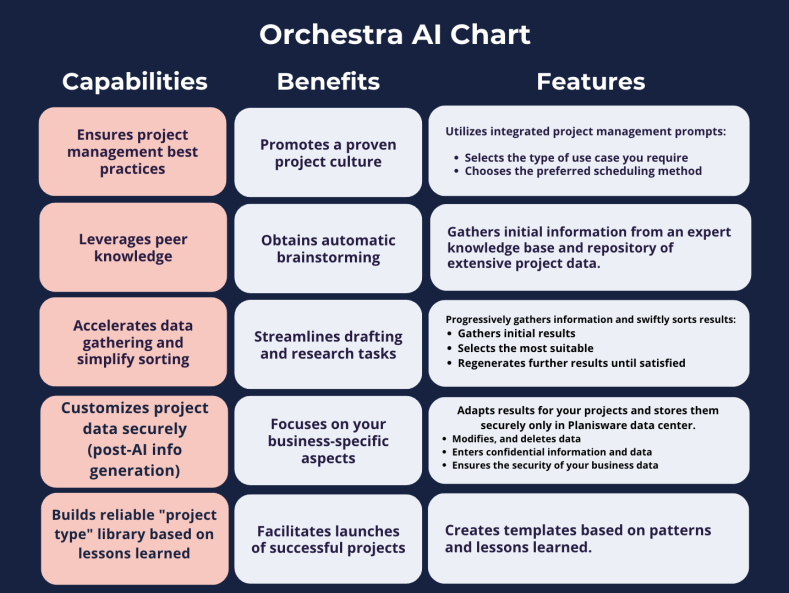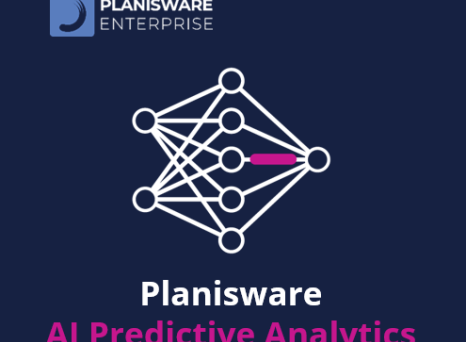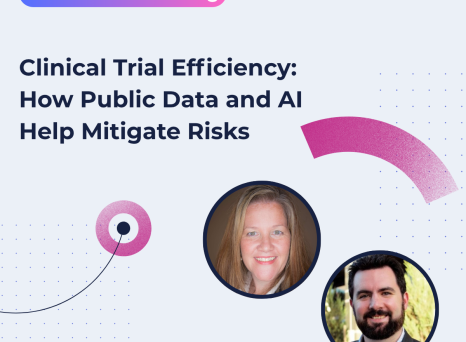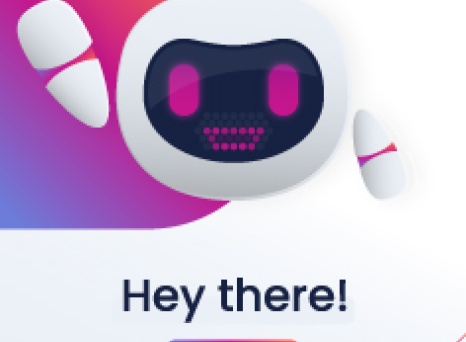Why put AI to work for your project management?
AI (Artificial Intelligence) has emerged as a game-changing technology across various industries. Chances are, you've noticed "AI" frequently popping up in your news, on websites, or mentioned by top influencers since last November. Often, they are talking about a specific subfield of AI called NLP (Natural Language Processing). For those in project portfolio management, like us, the burning question is: How can I make this new technology work for my organization's projects? And how can this help me improve efficiency?
In short, integrating AI has 3 types of benefits:
- Better productivity: By getting rid of tedious tasks, you can save time and cut costs, increase the number of projects you work on, develop products faster, and thus create more value and satisfaction.
- Better quality: Workers will spend their time on high-added-value tasks, and you will upskill your team. Plus, you will have to work with high data quality. And both will lead to progressive and continuous improvement of your projects, products, and internal processes.
- Better outcomes: Implementing AI in your Project Management processes will help you to establish a lead over competition. Also, it left room to identify new market opportunities. By meeting these criteria, you can hope to achieve superior rates of growth.
There is no doubt, that integrating AI into Project Management processes offers several advantages that make it a "must-have" for organizations. As PMO you play a vital role in setting up and improving continuous project and portfolio management (PPM) methodologies, processes, tools, and training, with the overarching goal of driving profitability. That means PMO is part of the front line in the ongoing challenge of digital transformation and change management. Because AI is moving beyond the trend stage and is here to stay, it's clear that this type of tool is worth considering. Here are a few reasons why:
- Centralized project workflow needs: This has become increasingly crucial due to significant shifts in the way we work over the past few years. The rise of remote working and dispersed teams has led to new collaboration methods and asynchronous work. As a result, centralizing project workflows has become more crucial than ever before.
- Usage of AI tools: In recent months, AI tools such as ChatGPT, Google Bard, ChatSonic, are spreading throughout the organization spurred by the individual initiative of project players. Some well-known companies have restricted their use for fear of data leakage. While these restrictions aim to reduce risks, they also hinder the benefits that AI can offer. Therefore, organizations face a choice: either remain in fear and restricted, or establish a secure framework to leverage AI and gain a competitive advantage.
- The long road to expertise: Managing the onboarding of new members and addressing the growing number of "accidental" project managers lacking initial training and proficiency in multiple tools presents a time-consuming challenge. To ensure success, it’s important to prioritize simplicity and integrate streamlined processes and tools. With the rise of AI, it’s essential to allocate resources toward high-value-added activities and ensure expertise to maintain competitiveness.
- Unused data mines: Organizations, even today, possess valuable mines of data that remain underutilized. The primary reasons for this are dispersion, lack of time, and absence of structure. Consequently, the information often goes unanalyzed and unshared due to the effort it requires. Even worst, time constraints often prevent the luxury of dedicating resources to this task.
On paper, the advantages seen above look promising, and the reasons for adopting these tools are relevant to PMO challenges. But you're probably wondering how NLP can be put to concrete use in project management. To answer this question without further ado, we invite you to discover the first use cases for our Orchestra AI solution.
What is Orchestra AI?
Planisware Orchestra combines its 20-year experience in Project and Portfolio Management with features from OpenAI, the leading provider of Artificial Intelligence solutions, so you can benefit from the knowledge of your peers applied to Project Management use cases.

Benefits Overview of Orchestra AI:
- Frees up time for higher value-added tasks
- Eliminates time-consuming tasks
- Complements the work of project stakeholders of all levels
- Guides your teams' AI practices
- Controls data input and output
Get project management best practices built-in and centralized within a single tool, readily available for every project player regardless of their level of expertise or experience. Here’s how Orchestra AI does it:
- Delegate the primary tasks of collecting and structuring core information. Our project management-oriented prompts frame and structure the initial research of information.
- Facilitate knowledge comparison and consolidation at any point in the project lifecycle, to make sure you get all the information to better manage uncertainty.
- Replace generic information collected by OpenAI with your actual data. You keep control over the information and data you communicate by using integrated prompts: Your initial request will concern a generic search for information, and you keep the actual sensitive data on Planisware's secure servers.

3 AI use cases to advance your project management processes
Generate augmented reports
No doubt, you've already spent time searching, recapitulating, and reformulating everything that's happened since your last report was sent. Surely you're already familiar with project reporting in your PPM software, which pulls up "cold" data without prior analysis and sorting. With the Reporting Generation use-case, Orchestra AI will help you retrieves the key information for you and provides you with a first level of analysis, leaving you to refine and emphasize what's really important to the stakeholders concerned. Here’s how Orchestra AI will help you do that:
- Summarize global progress with a short paragraph
- List current tasks
- List priority next steps
- Summarize risks to be managed
- Build a report on demand
Assist risk management processes
Orchestra AI offers a solution to gather information and data about potential risks in your project. Simply describe your project, its requirements, and objectives, and let Orchestra AI take over and provide you with an entry-level analysis. Go beyond automation and analysis of data already entered in Orchestra. The Orchestra AI module works either to analyze risks from scratch or to complement risks already detected. So, what are the ways to enrich your risk analysis and be prepared for any scenario?
- Use the integrated RAID method (Risks, Assumption, Issues, Decisions) and Change requests
- Build risks for each step of the project (WBS)
- Suggest Impact (Low, Medium, High, Critical)
- Suggest risks probability (Very unlikely, Unlikely, Likely, Very likely, Certain)
- Calculate criticality based on risk matrix
- Suggest a list of actions to mitigate risks
- Identify occurrences
Build an input-based schedule
Have you ever faced a project where you just don't know where to start? Or an imminent project launch and you don't have the time to dig up all the necessary information? What method should you choose? How should you arrange the schedule? We understand how you feel. Thanks to Orchestra AI’s shared knowledge base, you can rely on the experience of your peers to guide you every step of the way. Let’s see how it works:
- Use built-in prompts to carry out your project schedule query
- Choose the right methodology: Waterfall, Kanban, Phase-Gate (or all 3 of them)
- Auto-populate tasks, sprints, actions, phases
- Prioritize automatically tasks, actions, phases
If you are eager to see how AI use cases could be applied to day-to-day project management processes, and how it can help you save tons of time by leveraging peer knowledge, we highly recommend the following webinar. It’s a unique occasion to watch Orchestra AI in action.




